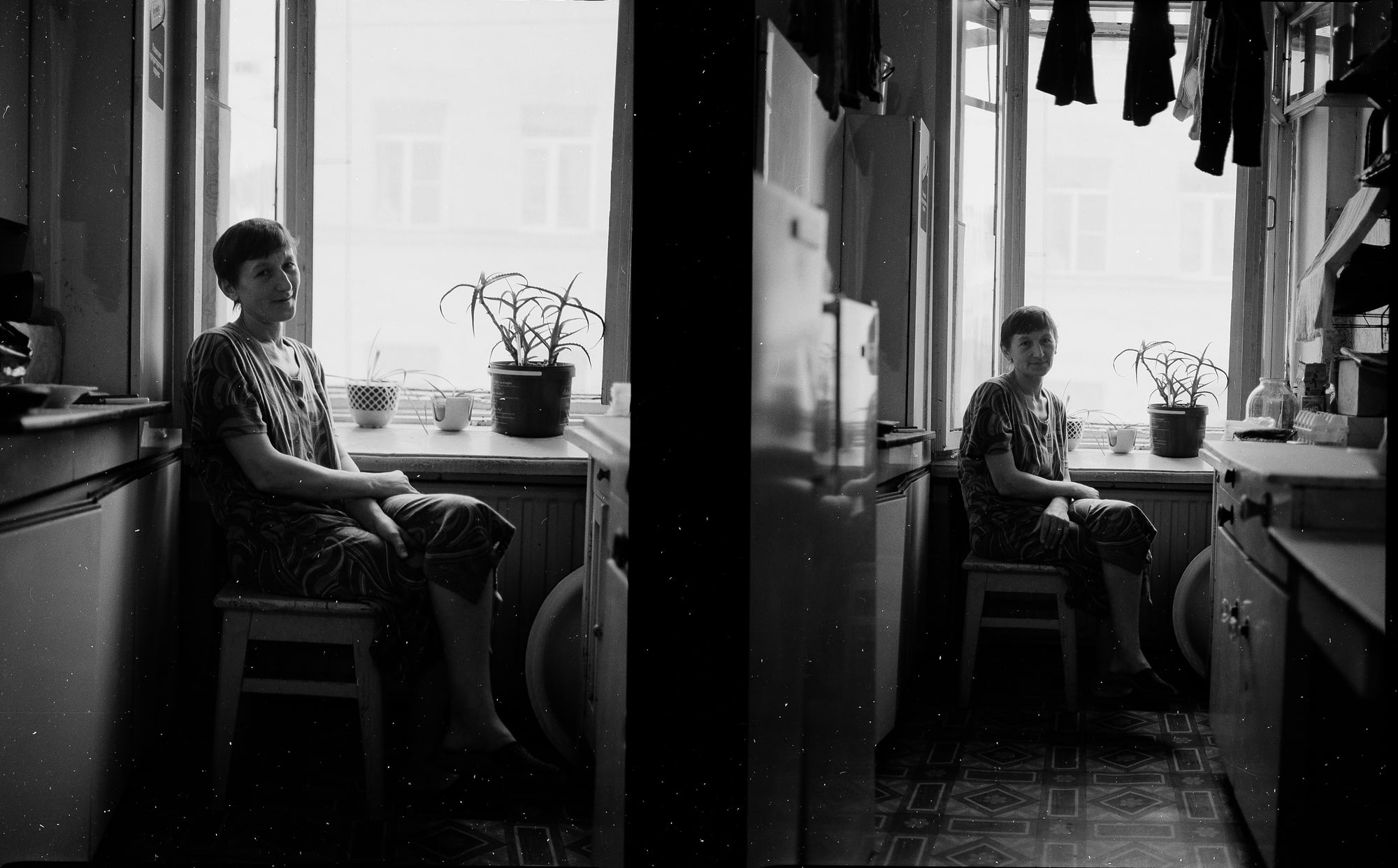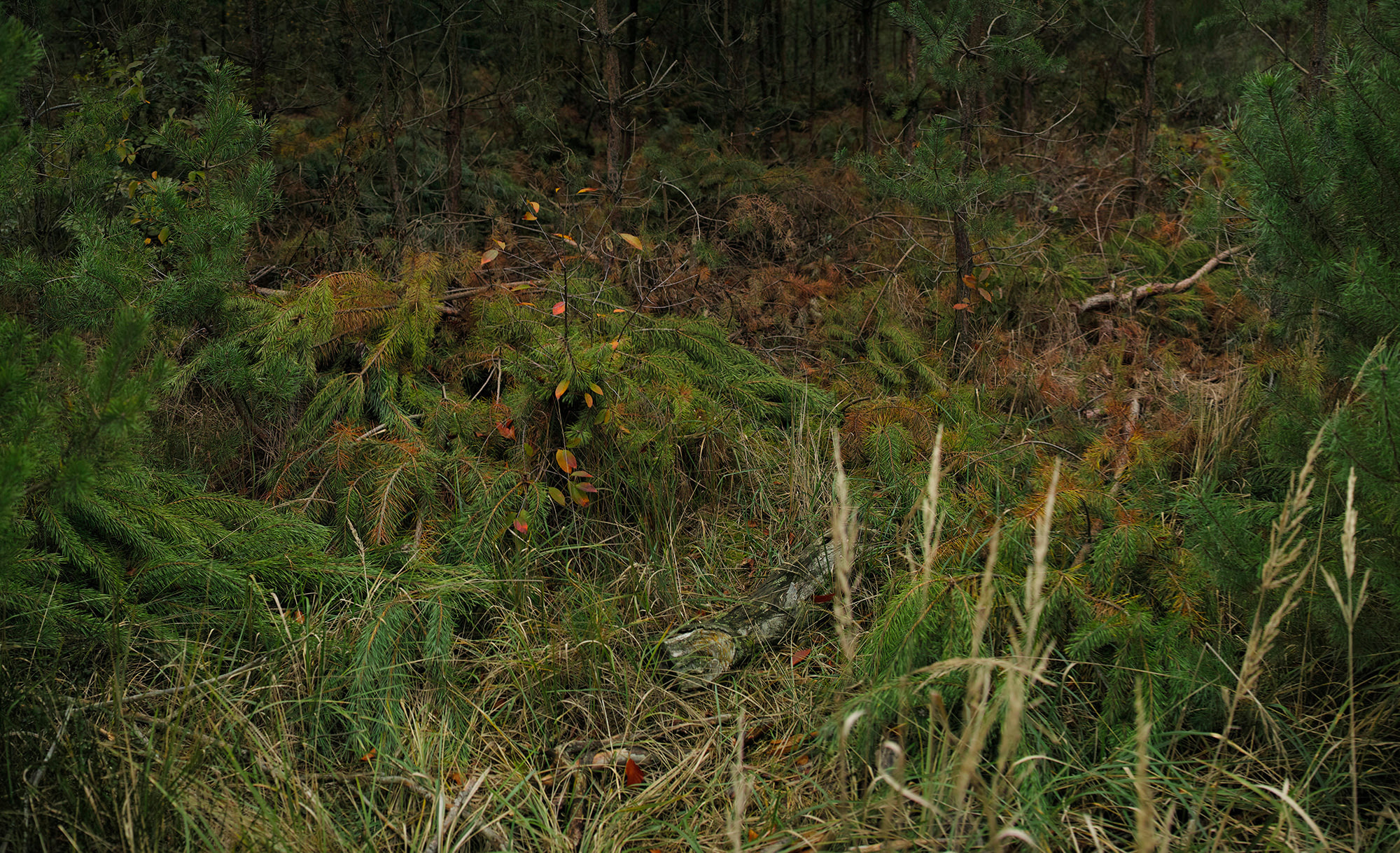These things became annoyingly good at generating visually rich images. They are still bad at guiding attention, but perhaps that’s part of their beauty.
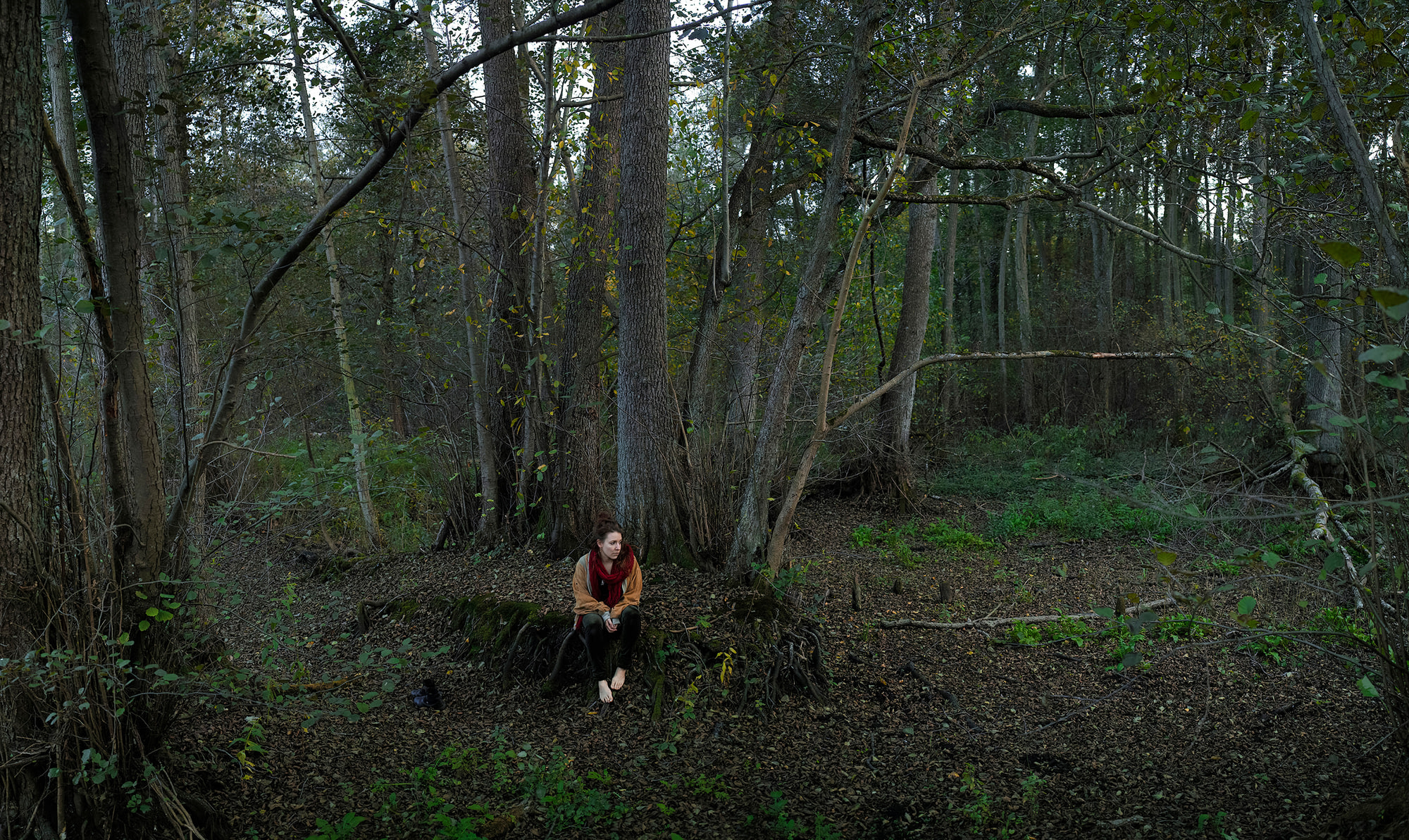
Where do people go, when the whole world seems foreign? Where do they find places for themselves? A space to be and not just react.
I find it not easy to fotograph, since I’m aiming to create a portrait of the space, not of the person. More and more they begin to seem inseparable.
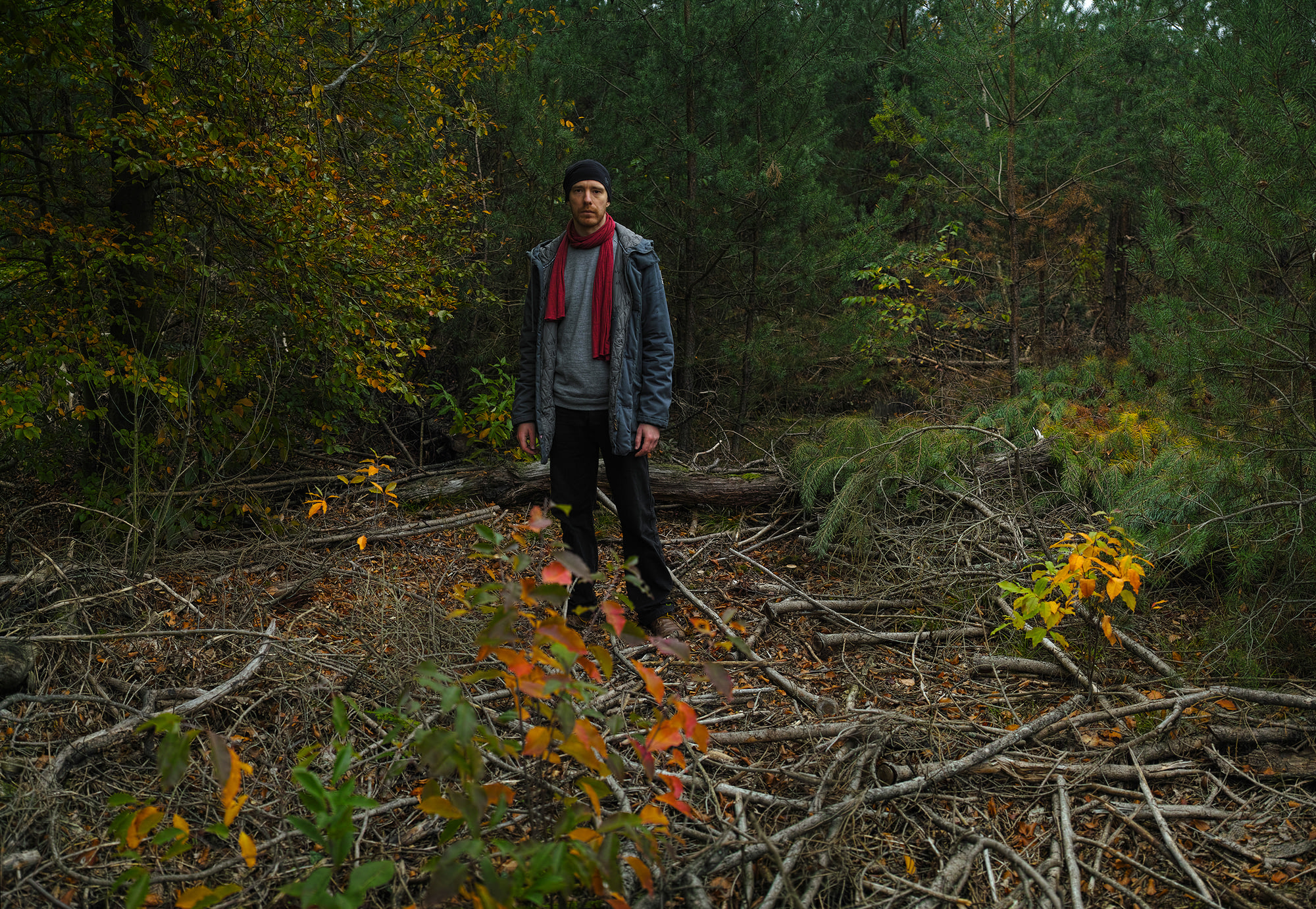
With big thanks to Laura and Vanny.
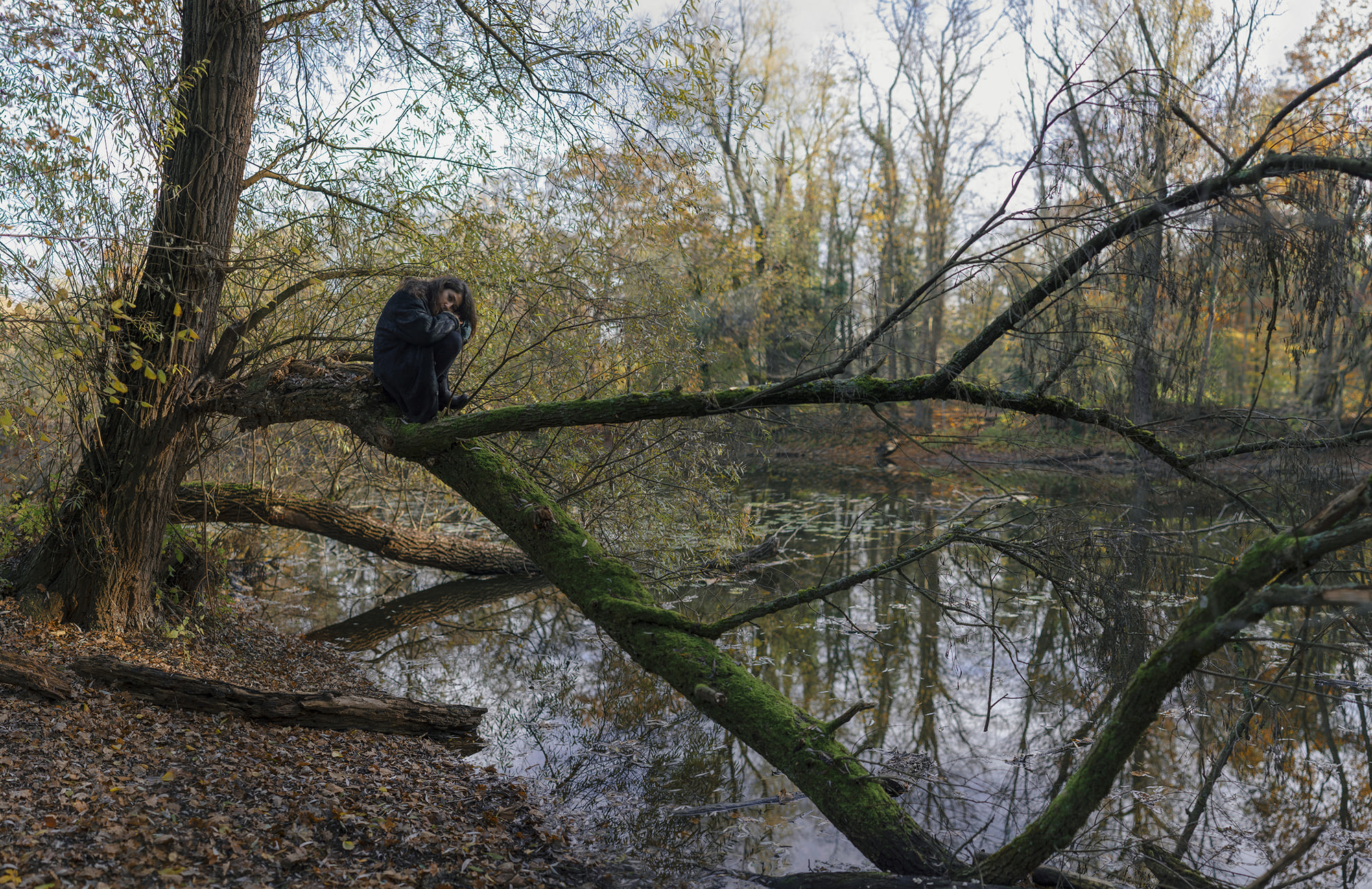
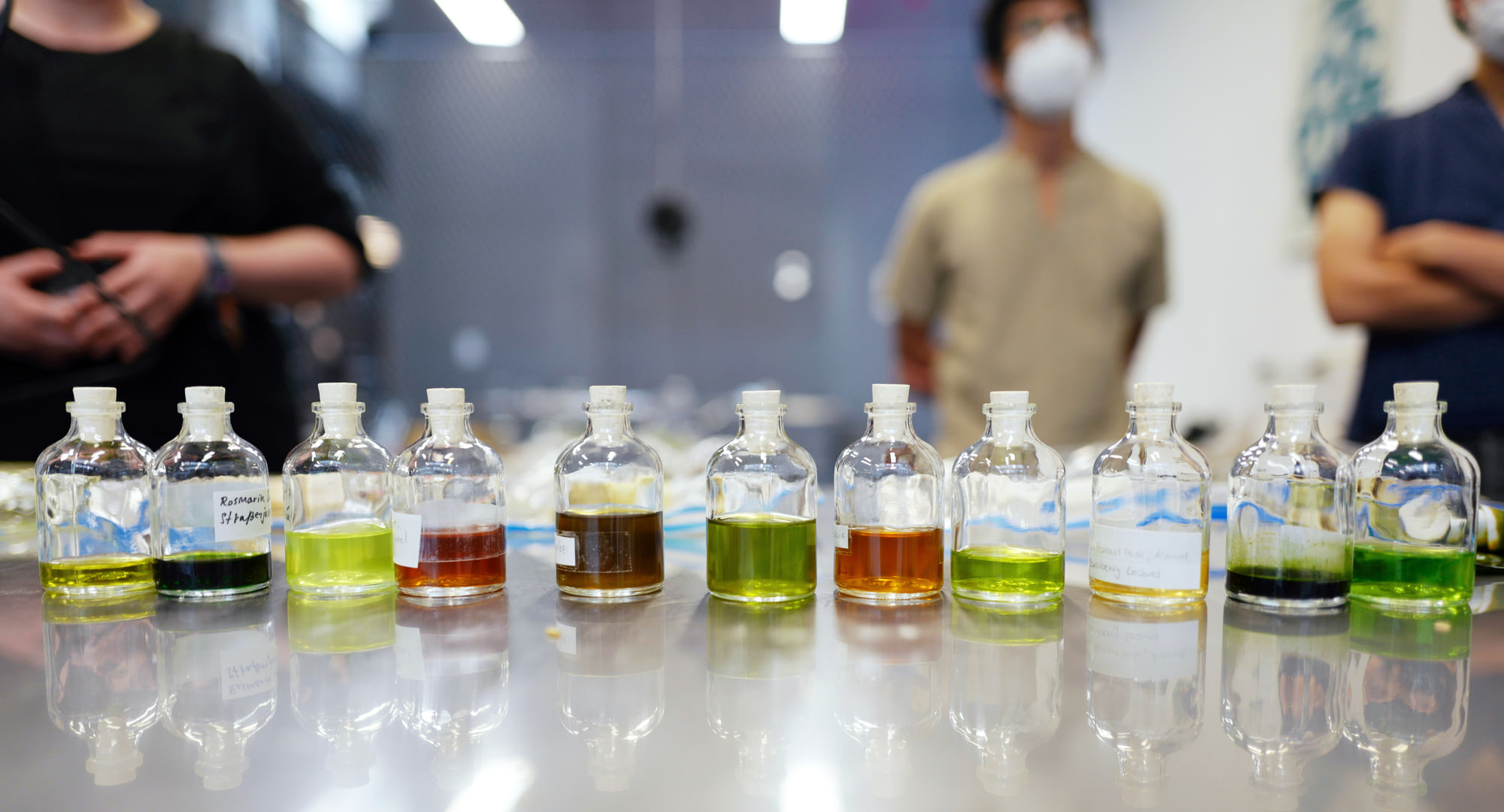
As part of the Critical Zones exhibition in ZKM Karlsruhe, Hanna Jurisch and I offered workshops to experience the Critical Zone in a more direct way. We called it “Kritische Zone riechen und sehen”, or, translated, “Seeing and smelling the Critical Zone”.
The Critical Zone is all about the processes of living, about living organisms and their entanglements. The difficult thing about dealing with the Critical Zone is that our usual mental models that describe the space we live in seem inadequate and insufficient: top-down maps may show geographical features but are frozen in time. Worse yet, they don’t show any chemical, biological, mechanical processes of living, or any living organisms at all for that matter. They capture a specific point of view, not a point of life (point de vue vs. point de vie as Bruno Latour would say). Sure, maps might sometimes show a single tree, but not the other things that make the tree alive – the water level, the rain, the chemical exchange between tree roots and bacterial colonies, the parasites and the birds that hunt them and so on. There is no future nor past in a map, there is no illness, no movement, no birth or death in a map.
It’s not a problem of scale, as it does not change even if we become very local, if we zoom in closely on one specific point. Here an example:
On the left you see the changes to Dubai over a time period of 1984-2016, taken by satellite, looking down on earth from the outside. This is as an extreme example of terraforming and land development, fueled by vanity and the political will to build funny looking shapes into the ocean. And even with this being the extreme example, the timeframe of thirty years is a large one. A casual observer drinking tea in the orbit and looking down on earth would not notice the change brought by our processes of life.
On the right, a flock of common wood pigeons landed in front of my house in Karlsruhe, February 2021. The polar vortex broke in February, covering large parts of US and Europe in ice and snow. The wood pigeons moved from the woods to cities to find a bit more warmth and food. They move as individuals, until they get spooked by an arriving bike driver, and fly away as a flock, as a superorganism.
This slice of life may be human scale, but it still shows just a point of view. The text description above is needed to turn it into a (very limited, admittedly) point of life.
So Hanna and I decided to cast aside the hyper-global medium of maps and hyper-local medium of video, and searched for a new way to get attuned to the processes of living, of all the tiny interwoven actions happening within the Critical Zone. We arrived at similar but distinct approaches.
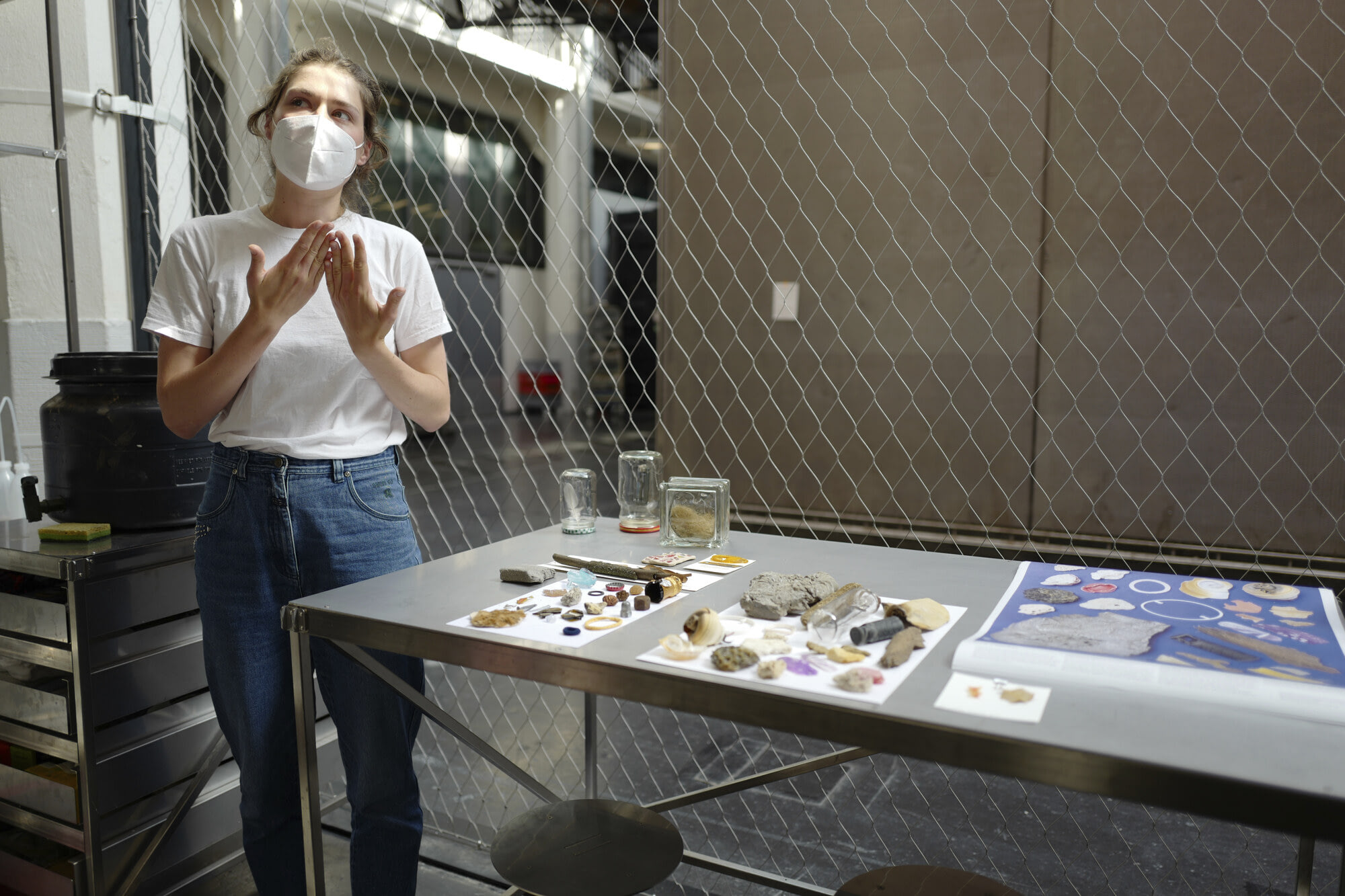
Hanna would take the workshop participants for a walk and let them gather material, human-made and non-human-made alike. Gather everything that grew around the museum or was discarded by people. All the unseen, unintentional objects in the surroundings. Like a dog that sheds hair, processes of life shed bottle caps, pieces of glass, feathers, drinking straws, leaves, bark, empty vodka bottles, screws, scrunchies, moss and concrete.
All the gathered material would later be arranged into sculptures and new taxonomies by the participants.
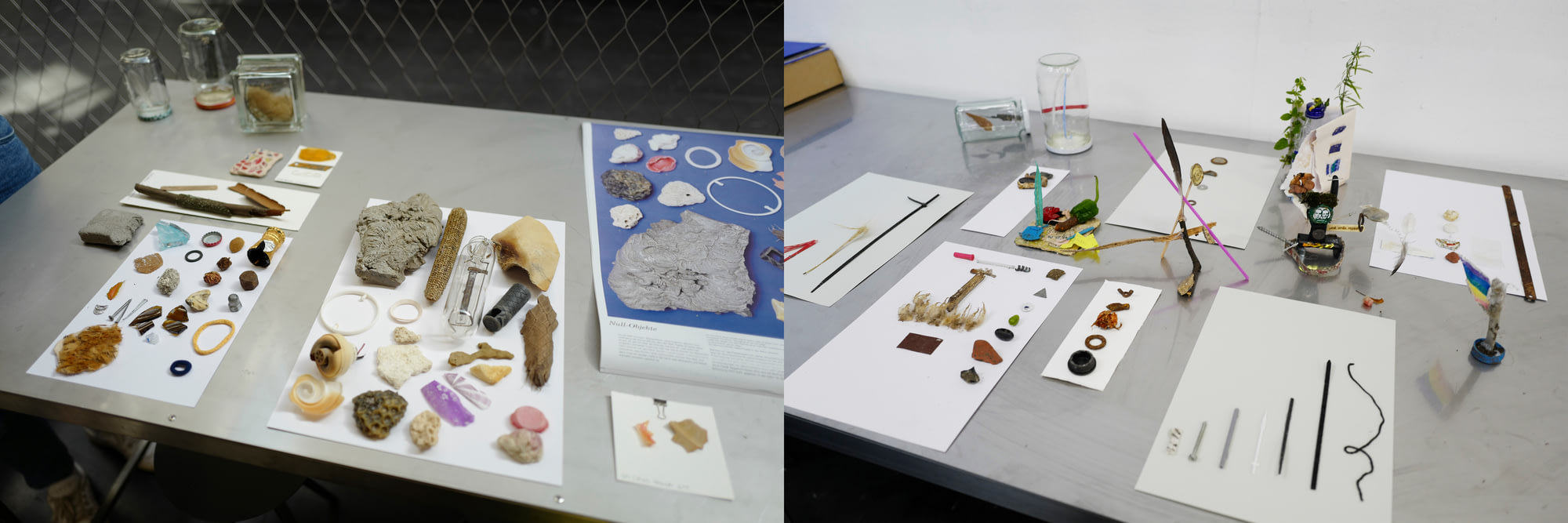
My own approach was to try and capture the scent of the world around us.
I let participants gather fragrance materials from within their homes – basically everything that has a smell – and use these to create perfumes. Old coffee grounds, earth from a flower pot, fresh leaves, stale bread, or a mushroom found in the garden – all that was welcome, all that we would mix together into a perfume. A perfume of our own – very local – part of the Critical Zone.
I see these perfumes as true ‘scent maps’ of one specific point of life. Not only were the materials gathered by a person who (most of the time) somehow decided to have them in their lives, scents are also seemingly immaterial witnesses of material processes of life. Most smells that surround us are organic in origin, are witnesses of transformation of matter through living organisms, often unseen by us humans. Smell is a process.
One other thing I particularly like about smells is the sensory parallelism. Sure, some particularly smelly molecule might be overpowering others, but most of the times what we perceive as a scent is a combination of many different scents, many different organic molecules stemming from many different processes of life. And we perceive it all at once – something that is impossible to achieve by mapping the Critical Zone in the usual, top-down way.
Mio asked a few artists and designers to write exercises and interventions that they do when feeling lonely or lost.
She got some interesting results.
Below is my exercise – Being an octopus – that I enjoy doing when I feel stressed. I recorded it as an audio guide. The German language version is below the fold.
Being an Octopus
Imagine yourself as an octopus inhabiting the landscape of your body. Think about the place in your body where it feels comfortable, where it feels at home, this octopus. My octopus lives in the back of my head, warming my neck. Where could the nest of your octopus be?
Now imagine this octopus floating in the landscape of relationships. There are other octopuses, objects, or situations floating around it. Each of your eight arms is reaching out to different directions. Each one is holding something. Or touching another octopus. Holding a situation. Repelling something. Playing with something.
Think of the situations you are currently dealing with and let the octopus hold them. Picture the octopus arm as it holds, or tries to hold such a situation. Maybe there is nothing to hold? Maybe the grip is particularly tight? Who is holding the situation at the other end? Or is the octopus arm touching another octopus’s arm directly? Maybe the octopus is holding on to something? Or is being held? The octopus has eight arms with which it can grab hold of things. Go through each of them and imagine up to eight situations.
Now, let go of them one by one. Imagine the octopus letting go of a situation. Whatever the octopus lets go of doesn’t fall or disappear, it stays where it was. Let your octopus arm contract, curl up. Go through all the situations you imagined one by one. Release your grip on them, let them stay where they were, roll up your octopus arm and withdraw.
Now all the octopus arms are rolled up. The octopus is floating, unconnected, with its arms comfortably curled up under its body. Sense how that feels. Does it feel airy and bright? Warm and protected? Allow yourself to linger in this state for a while.
Now start to roll out one of your arms again. Touch whatever you like, not necessarily what you’ve held before. Explore it. Caress it. Hold on to it if it feels right. Or go on to find something else.
Repeat this procedure several times with the free arms, but make sure to let one or two arms remain unconnected. They are free to explore yourself and the world.
Feel yourself connected again. Listen to how that feels.
Sense how it feels to know that your octopus arms could let go or grab hold of something again at any time.
ZKM, the german media art museum, published my research on Strategies of Arrival, done under guidance of Bruno Latour.
It’s made up of three parts:
and
The first one is the most spectacular I guess, but make sure to check out the others too. And, once the museums reopen, check out my piece at the current ZKM exhibition Critical Zones.

